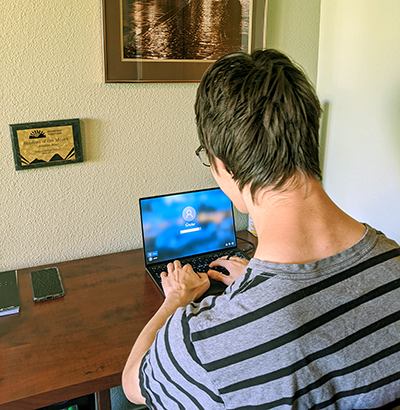
The pandemic has impacted our personal and professional lives in so many ways. One area that is of particular concern to me is the proliferation of inaccessible online courses. I have never met a faculty member who intentionally ignores the needs of any particular groups of students who might enroll in their classes; nevertheless, many are doing just that. Many current pedagogical and technology design practices result in barriers that negatively impact students with disabilities. Barriers include those that impact students who are blind and use screen readers to read aloud text presented on the screen, who are deaf and cannot access audio components in a course, and individuals who have reading-related disabilities who benefit from using text-to-speech technology so that printed materials can be read aloud to them. So what does all this mean with respect to the design of information and communication technology? A few tips that address access issues for these students in online learning include to
Use clear, consistent layouts and organization schemes for presenting content.
Structure headings and lists—using style features built into the Learning Management System (LMS), Microsoft Word and PowerPoint (PPt), PDF, etc.—and use built-in layouts (e.g., for PPt slides).
Use descriptive wording for hyperlink text (e.g., “AccessComputing Knowledge Base” rather than “click here”).
Avoid creating PDF documents (trust me, they can be challenging to make accessible and even more challenging to remediate). Post instructor-created course content within Learning Management System content pages (i.e., in HTML) and, if a PDF is desired, link to it only as a secondary source of information.
Provide concise text descriptions of content presented within images.
Use large, bold fonts on uncluttered pages with plain backgrounds.
Use color combinations that are high contrast and can be read by those who are colorblind.
Caption videos and transcribe audio content.
Use a small number of IT tools and make sure they present content and navigation that require use of the keyboard alone and otherwise employ accessible design practices.
For links to useful resources for an explanation of why a tip is important and steps for applying these tips along with 11 that focus on the pedagogy used in a course, consult the publication 20 Tips for Teaching an Accessible Online Course. Link to this resource on department/campus resource pages for faculty or share it with colleagues who teach courses online and thereby contribute to making your institution’s practices and information accessible, usable, and inclusive.